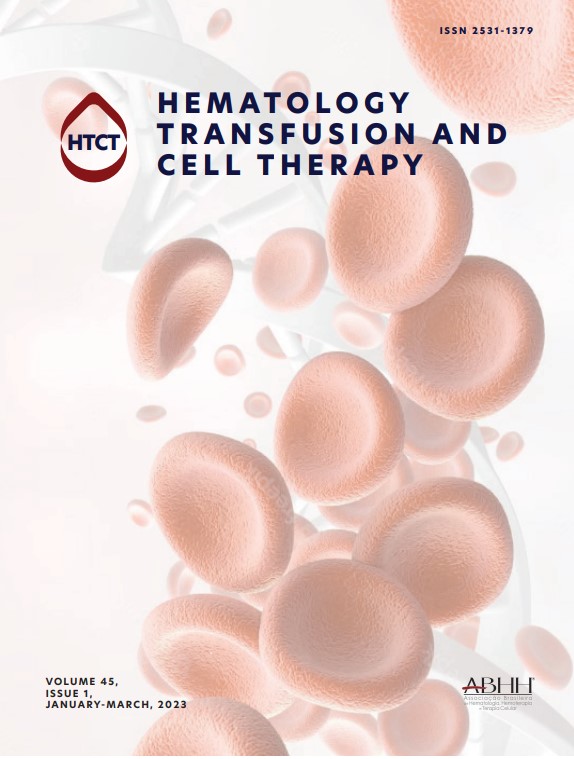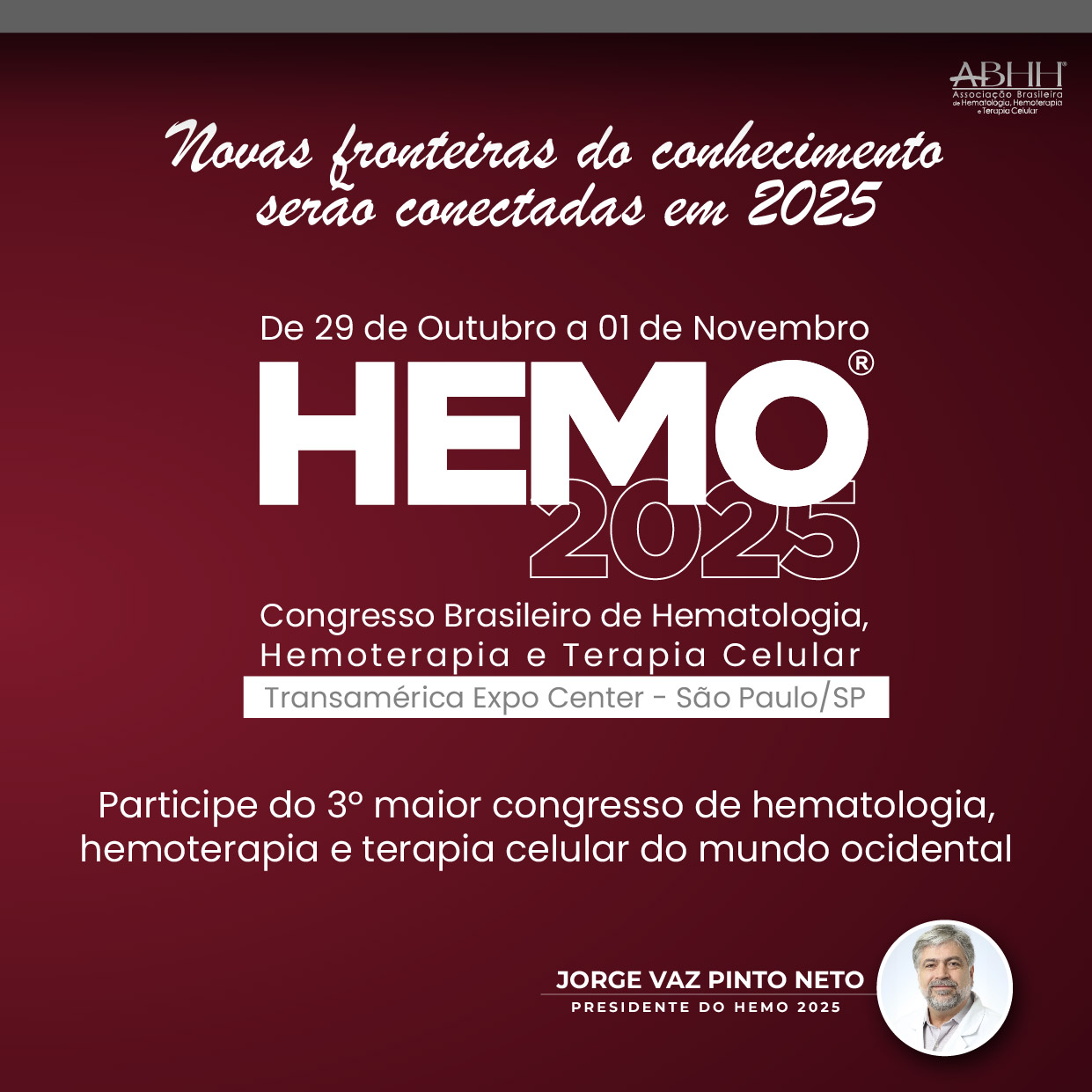Diverse physiologic and pathologic processes, such as angiogenesis, immune cell phenotype, cell differentiation and fate, epithelial to mesenchymal transition and apoptosis are maintained by extracellular vesicles (EV), small membrane vesicles released from most cell types into the extracellular space as vehicles of intercellular communication. EV subtype are exosomes, 30–100nm in diameter structures containing microRNA (miRNA), cytokines, chemokines, and other types of proteins that can be internalized by and function within recipient cells. In cancer biology cellular interactions within the microenvironment lead to tumor growth and progression. The most abundant stromal cells within the tumor microenvironment are macrophages and circulating monocytes, recruited into the tumor sites are differentiated into tumor associated macrophages (TAMs) that correlate with a poor prognosis of cancers. Cancer cells derived exosomes contain abundance of miRNAs influencing various stromal cells in the tumor microenvironment and also induce polarization of macrophages with pro- or anti-inflammatory properties. TAMs are also significant source of miRNAs that affect transcriptional activities of different oncogenes or cellular pathway regulators. There are now determined miRNAs for particular cancer type, e.g. miR-16 for breast cancer, miR-21 and miR-29 for NSCLC, miR-155 and miR-301a-3p for pancreatic cancer, miR-21-3p, miR-940, miR-181d-5p, miR-222-3p, miR-125b-5p for ovarian cancer, miR-25-3p, miR-130b-3p, miR-145, miR-203 and miR-425-5p for colorectal cancer, miR-146, and miR-150 for hepatic cancer. In hematological malignancies the cancerogenic role of exosome delivered miRNAs, cytokines and other molecules is identical: evasion of immune surveillance, progression of leukemia (miR-146a, miR-150, miR-155, miR-320) and training the leukemia microenvironment for protecting neoplastic clone with increasing neo-angiogenesis (miR-126, miR-17-92 cluster, miR-210, miR-155, miR-135b). There is a growing interest in clinical applications of EVs (including exosomes) as biomarkers with the identification of the signature miRNAs for specific cancer type and in the development of anti-cancer therapeutics.
O fator de impacto mede o número médio de citações recebidas em um ano por trabalhos publicados na revista durante os dois anos anteriores.
© Clarivate Analytics, Journal Citation Reports 2025
O CiteScore mede as citações médias recebidas por documento publicado. Mais informação
Ver maisSJR é uma métrica de prestígio baseada na idéia de que todas as citações não são iguais. SJR utiliza um algoritmo similar ao page rank do Google; é uma medida quantitativa e qualitativa ao impacto de uma publicação.
Ver maisSNIP permite comparar o impacto de revistas de diferentes campos temáticos, corrigindo as diferenças na probabilidade de ser citado que existe entre revistas de distintas matérias.
Ver mais





